y los cántaros, cantan. 2021-2023
Territorio ocupado Nahua (Ciudad de México)
Proyecto vivo que pone en relación a les habitantes de la Ciudad de México con los cuerpos de agua a través del barro, el sonido y la misma agua.
El proyecto se despliega a través de paseos, fotografías, performances, vídeos, esculturas y un conjunto de cinco recipientes-instrumentos (jarra, cántaro, vasija, vaso y cantarito) que se activan para cinco cuerpos de agua: Río Magdalena, Lago de Xochimilco, Humedal de Tláhuac, el Acuífero de la Zona Metropolitana de la CDMX y el Río de los Remedios.
Cada pieza fue creada con lodo, agua y archillas de estos cuerpos, así como con el aliento de Ehecatl Emiliano Morales Valdelamar, Melanie Buntichai, Sebatián Terrones, Frida Toimil, Saúl Recinas y el Taller de cerámica Tlapitzalli.
A living project that connects the inhabitants of Mexico City with bodies of water through mud, sound, and water itself.
The project unfolds through walks, photographs, performances, videos, sculptures, and a set of five instrument-containers (pitcher, jug, vessel, glass, and small jug) that activate for five bodies of water: Magdalena River, Xochimilco Lake, Tláhuac Wetland, the Aquifer of the Metropolitan Area of Mexico City, and Remedios River.
Each piece was created with mud, water, and clays from these bodies, as well as with the breath of Ehecatl Emiliano Morales Valdelamar, Melanie Buntichai, Sebastián Terrones, Frida Toimil, Saúl Recinas, and the Tlapitzalli Ceramics Workshop.


Del texto curatorial de Naomi Rincón Gallardo:
Sus cántaros materializan un momento de respiro, de refugio, de conectividad y de vinculación con lo pequeño. Dan cuenta también de un proceso de (auto)sanación tras las múltiples crisis intensificadas por la pandemia del Covid19. De un tiempo para acá, el colapso social y ecológico se acelera y expande su alcance horizontalmente. El sistema se desploma -cayendo también sobre nuestros cuerpos-, en un berrinche demencial que intenta reafirmar sus viejas estructuras heteropatriarcales, capitalistas, coloniales, autoritarias, extractivistas y militaristas. Este momento peligroso nos ha volcado la mirada hacia la importancia de nuestros vínculos con otros humanos y otros/más-que-humanos, la urgencia de propagar economías pequeñas, la centralidad del trabajo reproductivo, la necesidad de nutrir formas de autonomía y soberanía alimentaria, y nuestra interdependencia con la tierra y con el agua.
Los cántaros/chichis/panzas de barro de Bea, cantan cuando el viento sopla a través de sus orificios y cuando el agua se desplaza dentro de ellos. Haciendo resonar los cántaros, persigue voces y gritos que han recorrido su cuerpo.
El amasamiento de tierra y agua, la quema y el aire que recorren las superficies huecas, responden a tecnologías tpre- coloniales, desarrolladas ampliamente por sociedades mesoamericanas y andinas para crear frecuencias sonoras que inducen estados de quietud animada, de contemplación y manifestación de otros estados de la conciencia, en una forma de habitar el tiempo de un modo no lineal, donde pasado, presente y futuro se sobreponen. […] resuenan con ese tiempo pasado/futuro de las estéticas colectivas de la tierra, que todavía no están del todo aquí. Bea hace un pausa y se pregunta por la relación de estos procesos con su blanquitud, su migración con pasaporte europeo, por el posicionamiento que ocupa dentro de los ordenamientos simbólicos y materiales determinados por la colonialidad. Estamos inevitablemente determinades por ellos, y a pesar de ello, existe la posibilidad de exceder y discentir de esas lógicas que nos predeterminan. Bea apuesta por ese lugar del “a pesar de”, del exceso, asumiendo con fluidez, vitalidad y erotismo la posibilidad del fracaso.



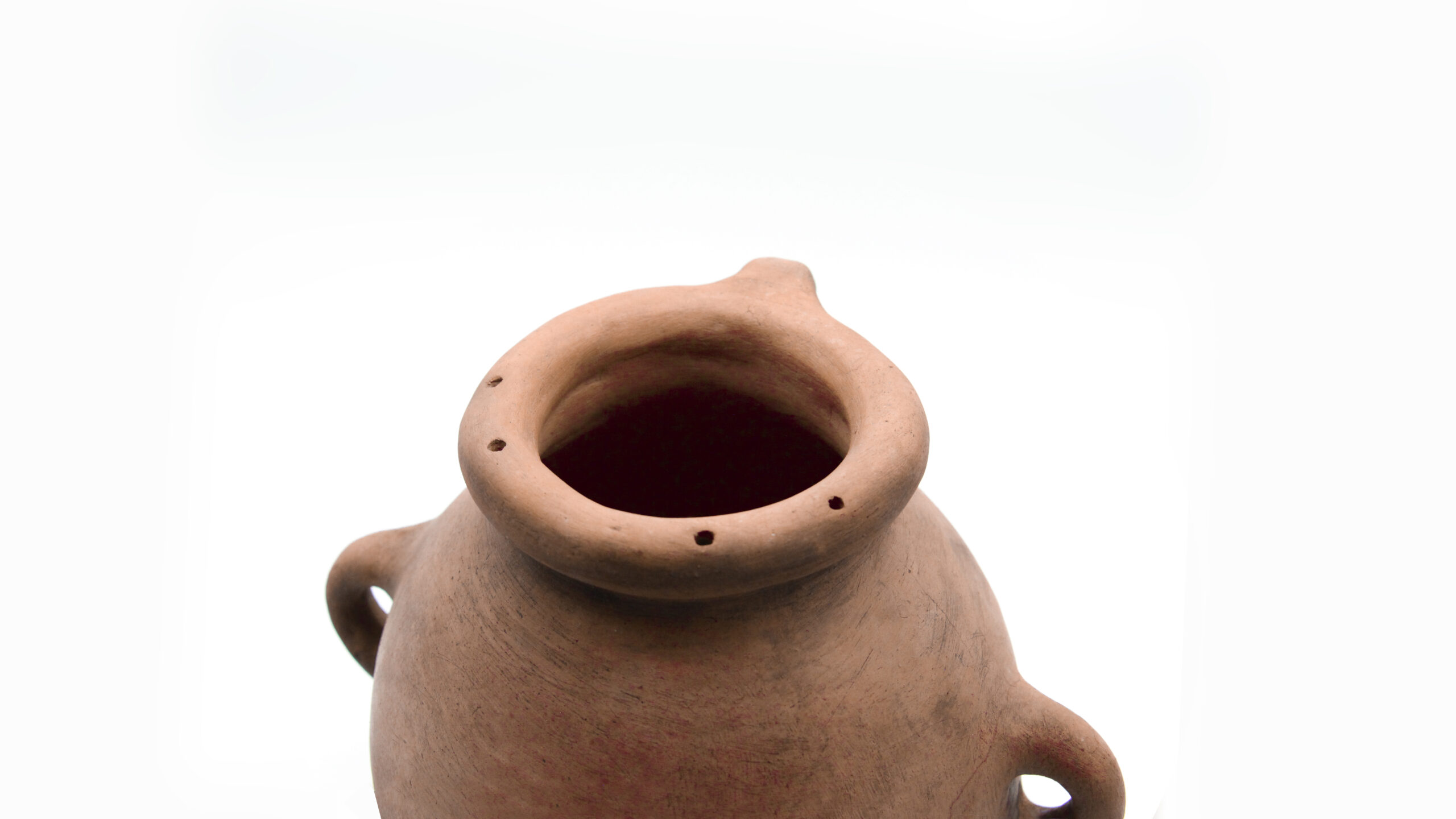





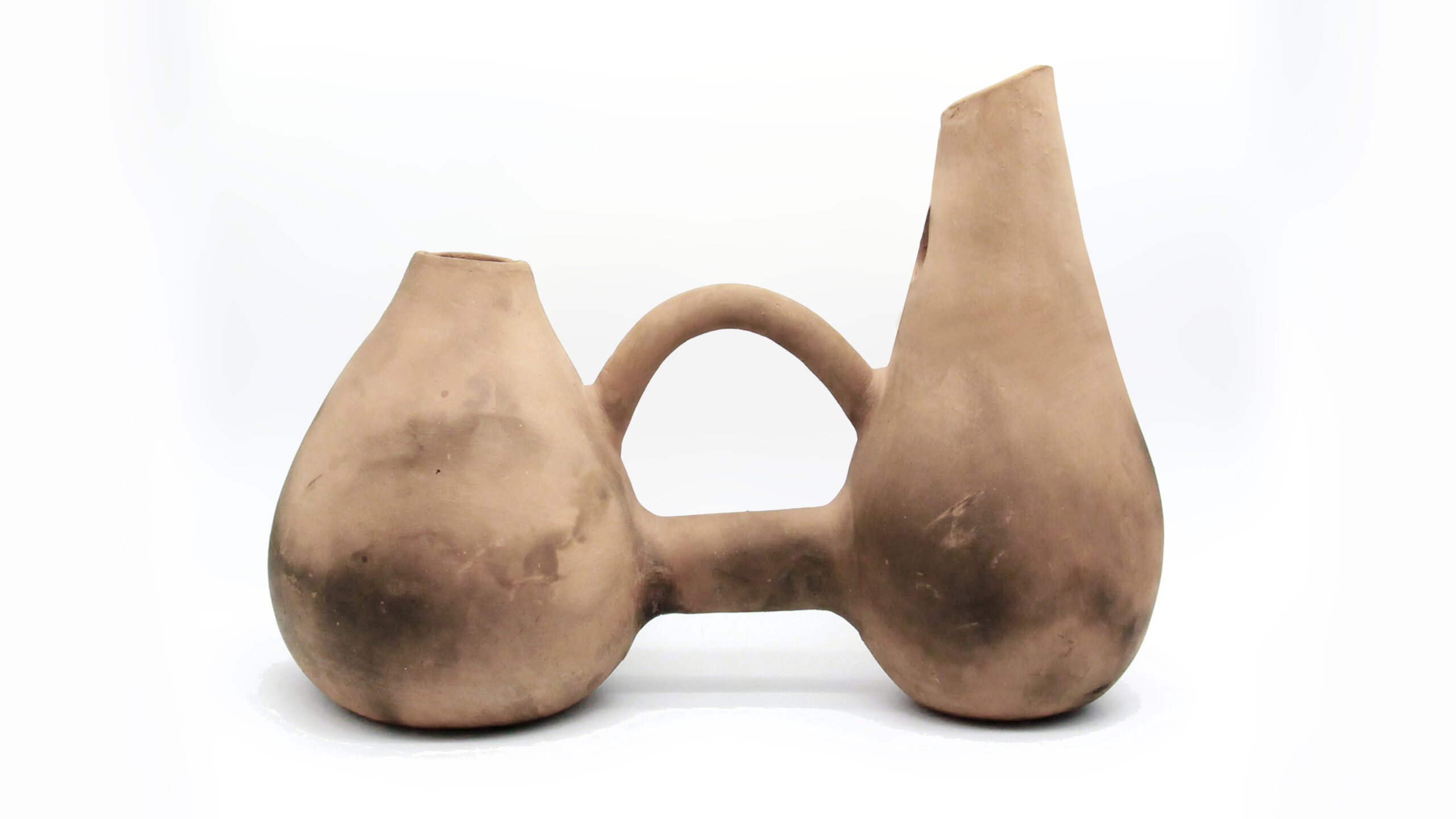
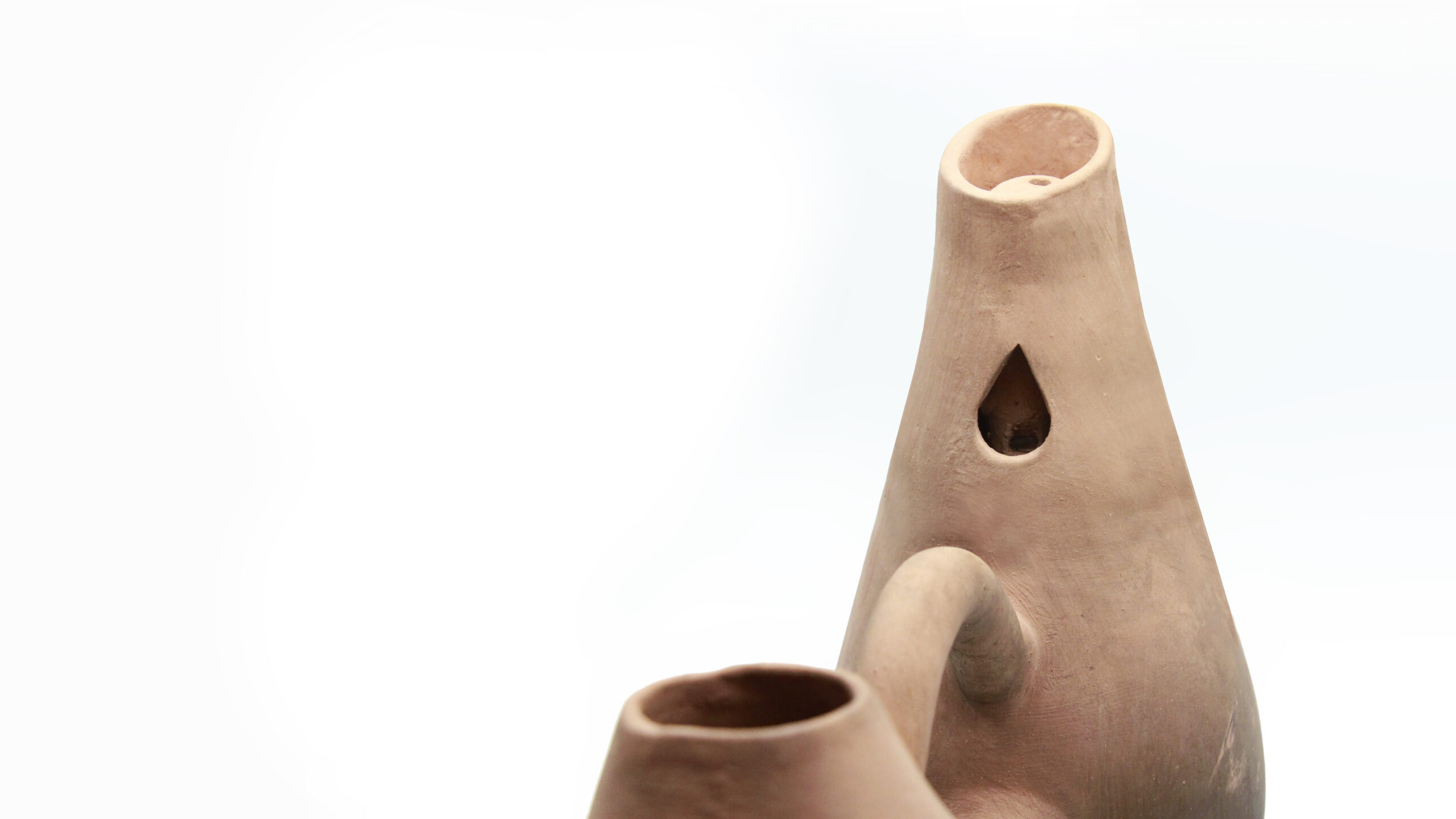

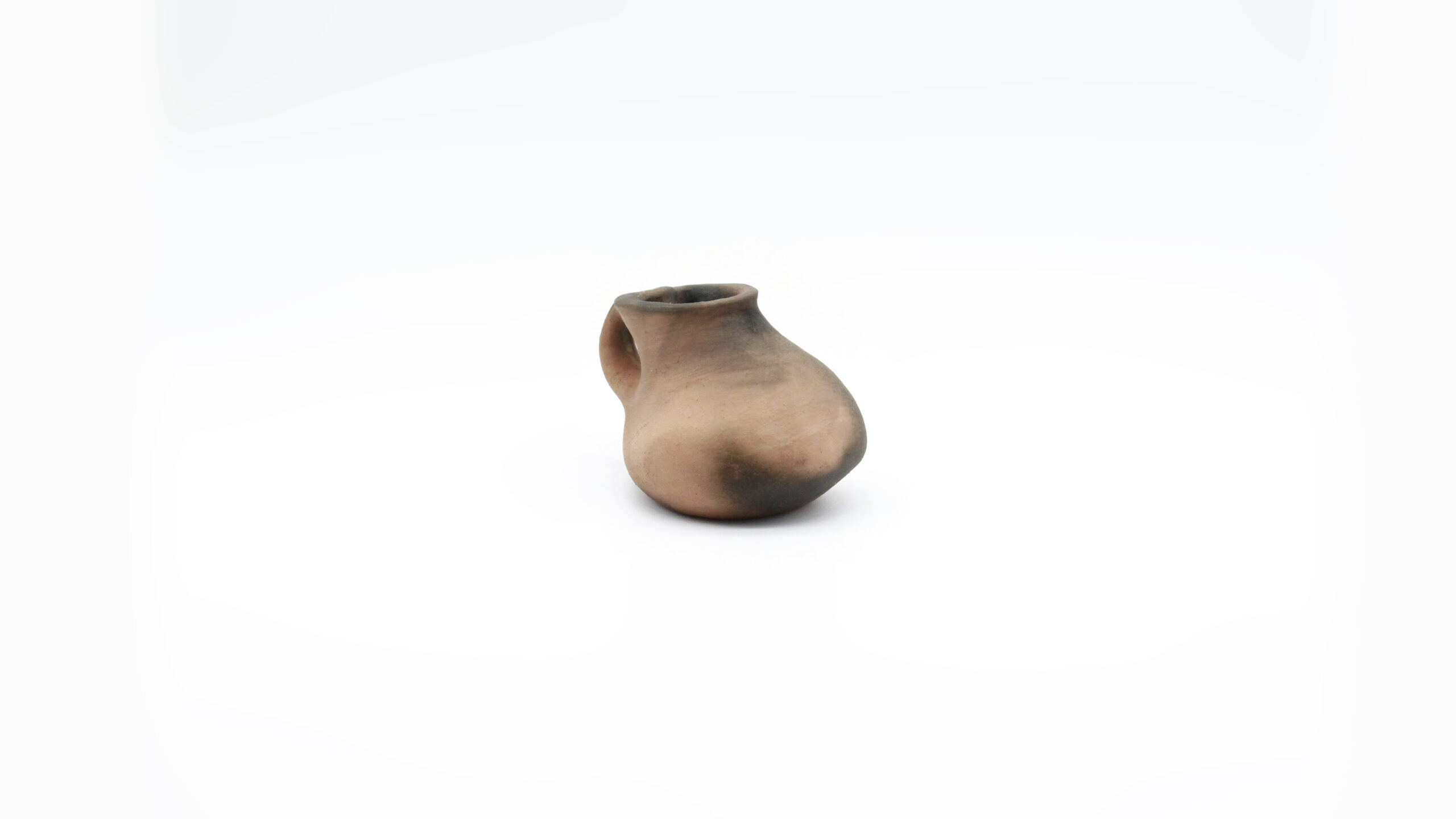


From the curatorial text of Naomi Rincon Gallardo:
Her clay jars materialize a moment of respite, refuge, connectivity, and connection with the small. They also reflect a process of (self)healing after multiple crises intensified by the Covid19 pandemic. Social and ecological collapse seem to accelerate and expand horizontally. The system collapses – falling onto our bodies – in a frenzied tantrum that tries to reaffirm its old heteropatriarchal, capitalist, colonial, authoritarian, extractivist, and militaristic structures. This dangerous moment has turned our attention to the importance of our connections with others, human and other-than-human, the urgency of spreading small economies, the centrality of reproductive work, the need to nurture forms of autonomy and food sovereignty, and our interdependence with land and water.
Bea’s clay jars/tits/bellies sing when the wind blows through them and when water moves within them. By making the jars resonate, Bea pursues voices and cries that have long traveled her body.
The kneading of earth and water, the burning, the air, and the water that flow through the hollow surfaces respond to precolonial technologies developed extensively by Mesoamerican and Andean societies to create sound frequencies. These frequencies induce states of animated stillness, contemplation, and the manifestation of other states of consciousness, and a way of inhabiting time in a non-linear manner, where past, present, and future overlap. […] they resonate with that past/future time of communal aesthetics of the earth, which is not entirely here yet. Bea pauses and questions the relationship of these processes with her whiteness, her migration with a European passport, her position within the symbolic and material orders determined by coloniality. We are inevitably determined by them, and yet, there is the possibility of exceeding and dissenting from those logics that predetermine us. Bea embraces that place of “despite,” of excess, assuming the possibility of failure with fluidity, vitality, and erotism.
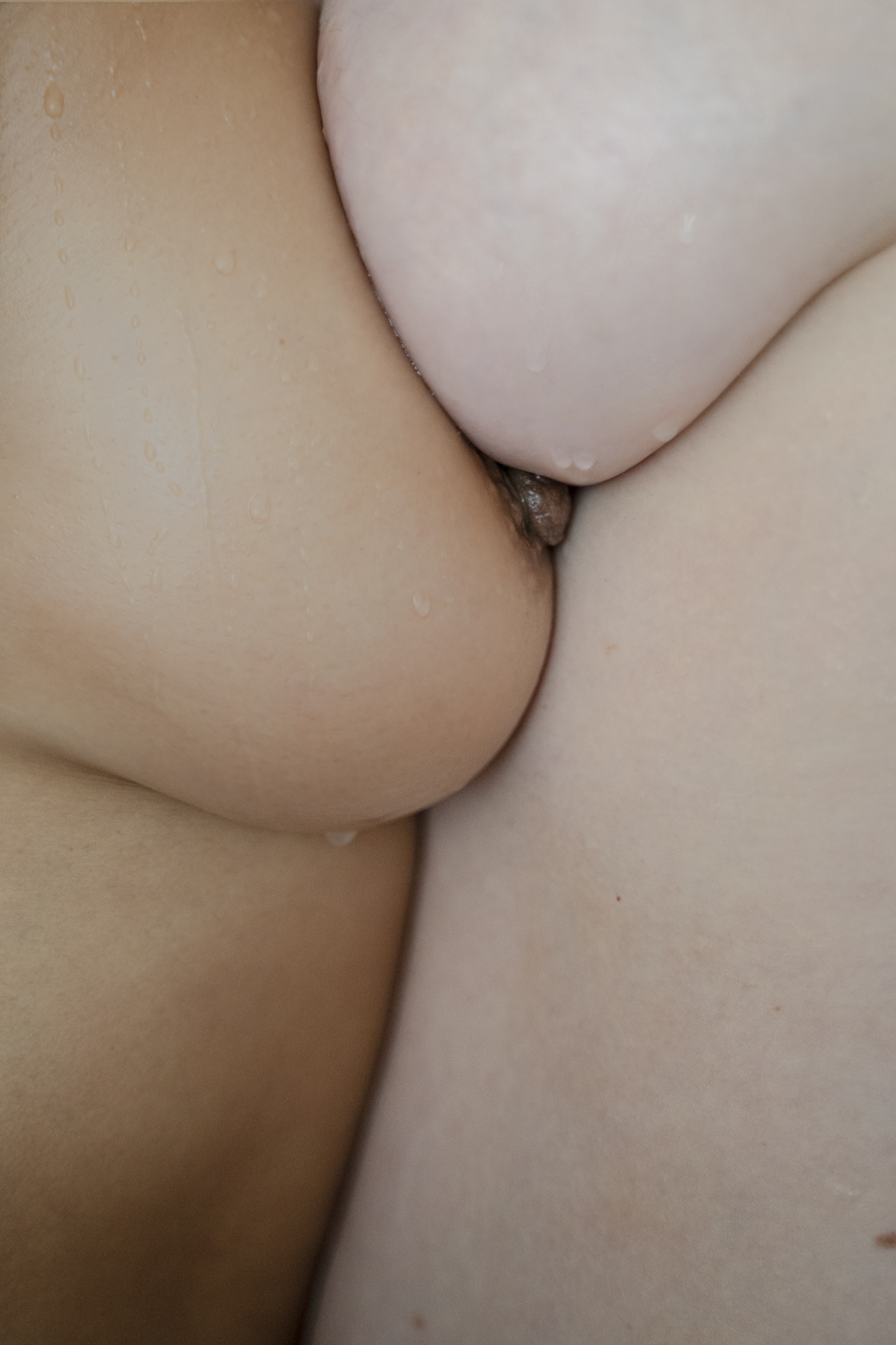


Y los cántaros, cantan,
Y su sonido llama a los cuerpos de agua que desaparecieron, entubaron o hirieron. Llama al cauce que sigue su curso en ti y continúa a través de tus desechos hasta los campos que mantienen este colapso de ciudad. De estos recipientes vacíos emana un canto que honra los ríos, lagos, acuíferos, humedales y lagunas. Avivando lo que aguardan sus laderas: sus presencias, ausencias, flujos, ecos y memorias.
La melodía confluye con inundaciones, cuencas, hundimientos, cuerpos de mujeres, territorios desecados, dinero desviado, el llanto de los despojados… Acompaña al concreto de las grandes avenidas donde el tránsito se hace más presente que la corriente que pasa por bajo. Pero el canto siempre regresa para confluir con el afecto tuyo y el de tantos otros que lo cantaron. Sin certezas, ni partituras, murmurando y reverberando en cada gota presente.

y los cántaros, cantan
and its sound calls to the bodies of water that have disappeared, piped, or wounded. It calls to the channel that continues its course within you and flows through your waste to the fields that sustain this collapsing city. From these empty vessels emanates a song honoring the rivers, lakes, aquifers, wetlands, and lagoons. Reviving what their slopes await: their presences, absences, flows, echoes, and memories.
The melody converges with floods, basins, sinkholes, women’s bodies, desiccated territories, diverted money, the cries of the dispossessed… It accompanies the concrete of the grand avenues where traffic is more present than the current flowing below. But the song always returns to converge with your affection and that of so many others who sang it. Without certainties or scores, murmuring and reverberating in every present drop.
